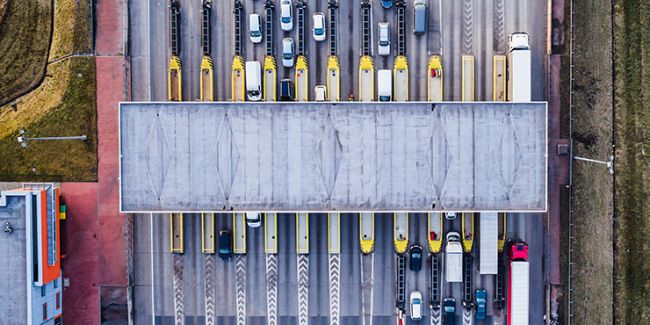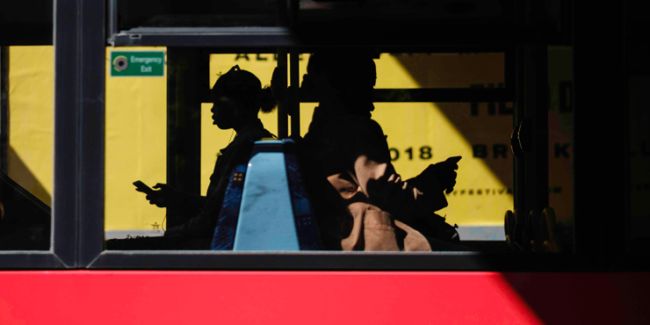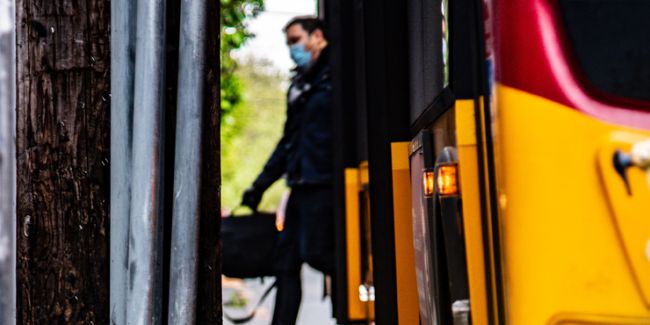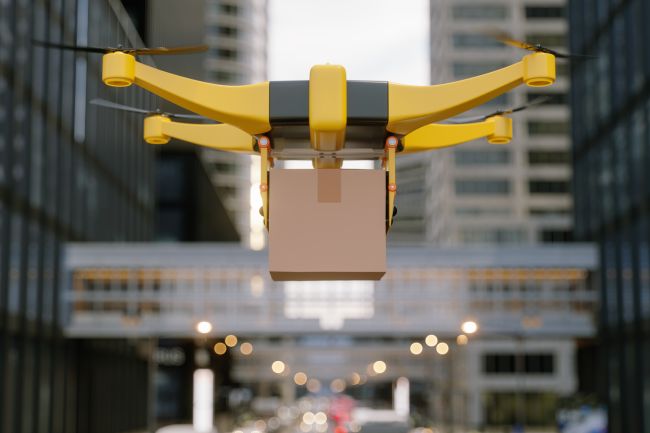Data collection technologies
In recent years, unprecedented technological advances have been made in a number of industries, including transportation planning.

In recent years, unprecedented technological advances have been made in a number of industries, including transportation planning. Within our field, travel data collection is one of the areas that has seen the greatest change.
New technologies, innovative data processing methods, and fresh ways of thinking are beginning to have a major impact on how planners collect data on travel times, trip patterns, trip frequencies, travel behaviors, and more. This has resulted in much richer and cheaper data than was previously available, along with a new set of challenges that must be overcome for the new data to be used effectively. Based on Steer Davies Gleave’s firsthand experience with many of these recent advances, we highlight five notable technologies below.
Internet surveys
The efficiency and flexibility afforded by the advent and subsequent refinement of internet surveys have been extremely beneficial to transportation planners. Internet surveys have a number of inherent advantages over paper surveys, including the ability to adapt questions dynamically based on previous user responses, virtually unlimited scalability, and improved accuracy due to the avoidance of manual data entry. Many survey firms maintain panels of individuals who have demonstrated a willingness to participate in internet surveys, providing response rates that are often significantly higher than those for conventional surveys. Though there are still applications for which paper surveys are the tool of choice, internet surveys are now used for nearly every type of survey, from simple opinion polls to advanced stated preference surveys that include dynamic trade-off exercises. These are just a few examples of the recent impacts of technology on travel data collection, and this is only the beginning. The next wave of technologies is likely to improve data collection capabilities even further, and Steer Davies Gleave will be at the forefront of assessing and applying tomorrow’s data collection approaches.
Mobile phones
Mobile devices now outnumber people in the US, and their ubiquity provides an abundance of readily accessible data for analyzing travel patterns and conditions. Privacy concerns must be addressed with this technology but, even after being anonymized, this data contains ample time-stamped location points to broadly characterize the users and their travel patterns, and to identify the general areas where they live and work.
It also provides a supplemental method to monitor travel times and speeds over long distances and periods. On several projects we have used mobile phone data to analyze intercity corridor travel times and speeds, and we have worked with vendors to improve the methodology for developing intercity auto trip tables.
GPS
Automobile GPS units have become an inexpensive and useful tool for collecting travel time data, and GPS data collected from travel time runs can be readily analyzed and graphically presented. Some units allow users to upload their GPS tracks, facilitating the aggregation of many individual travel time measurements. From this data, some GPS manufacturers offer information on historical average travel times, while some third party vendors provide real-time travel time information by combining data from GPS-equipped probe vehicles with other sources.
Bluetooth
Increasing numbers of automobiles are equipped with Bluetooth devices, for example to enable hands-free cellphone use or to communicate spoken messages from a GPS receiver via the vehicle’s audio system. Bluetooth transmissions from a device include identifying information that allow it to be uniquely recognized without revealing athe identity of the device’s user. Even low-power transmissions from the types of devices installed in automobiles can generally be received over distances of several tens of feet. Some companies now provide traffic data collection systems consisting of batterypowered roadside Bluetooth receivers that record the identifying information and time of detection of Bluetooth devices when they pass, then communicate this wirelessly to a central processor. The central processor uses the information that it receives to compute in real time the travel times and sample volumes between different receivers. This technology is most commonly used for traffic management in construction zones, where the simplicity of installation and real-time reporting of traffic information are very appealing. Steer Davies Gleave is exploring the use of Bluetooth technology to collect travel time and sample volume data for planning purposes.
Smartcards
Many public transit systems around the world use smartcards for fare collection, and many different types of planning information can be generated from smartcard transaction data. At a minimum, the time-varying volume of users who enter the system at its different stations and stops is easily obtained. Systems that require smartcard use at entry and exit generate point-topoint volumes and travel times by time of day. Smartcards that can be used across different public transit modes or systems allow linked trips (e.g. a bus ride followed by a transfer to heavy rail) to be readily identified and characterized. Prior to the use of smartcards, much of this information was difficult or inconvenient to obtain; now it is easily produced by straightforward processing of the smartcard data.
















